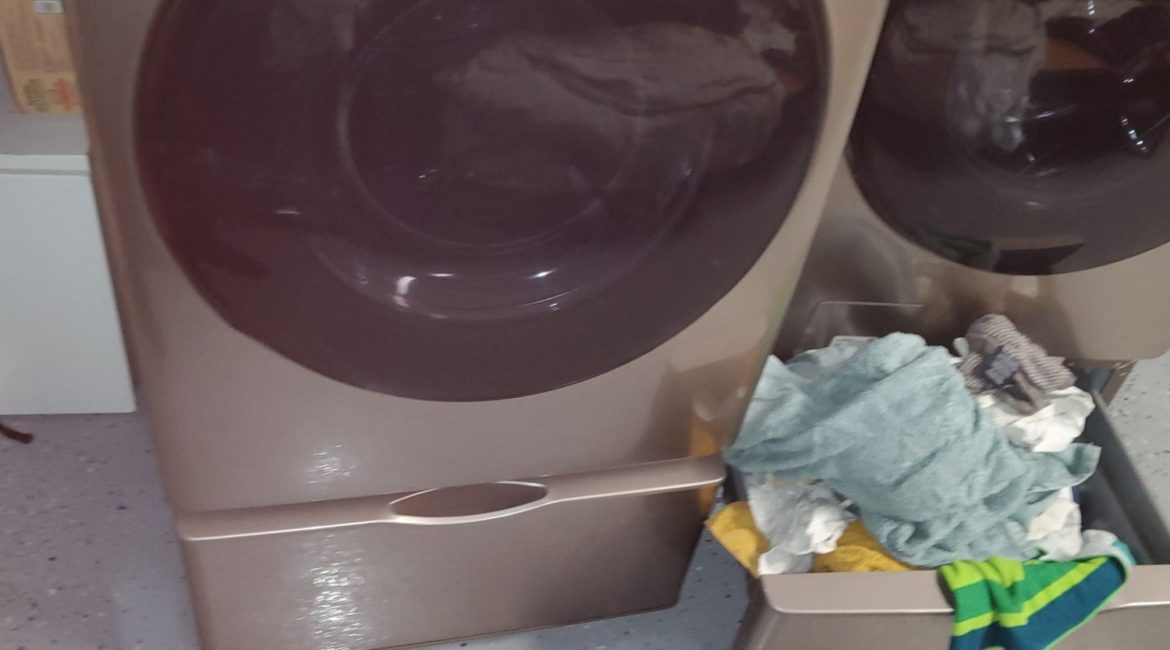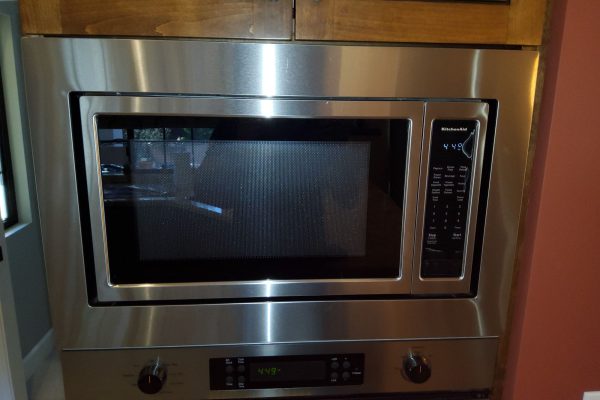When it comes to household appliances like washing machines, refrigerators, and dishwashers, regular maintenance and timely repairs are essential to prolong their life. However, certain problems might not be immediately obvious, especially when it comes to microcracks in the tank of a washing machine. These small but significant cracks can lead to bigger, more expensive issues if not identified early enough. In this article, we will explore how to recognize microcracks in the tank, the dangers they pose, and what steps you can take to address the issue before it leads to a major breakdown.
What Are Microcracks?
Microcracks in the tank refer to tiny fractures or splits in the internal structure of a washing machine’s drum or tank. These cracks are often so small that they go unnoticed during regular use, but over time, they can grow and lead to more serious issues. The primary function of the tank is to hold water during the washing process, and any damage to it can compromise its effectiveness.
Microcracks are most commonly caused by:
- Excessive Vibrations: Over time, washing machines experience vibrations during their cycles, particularly in high-speed spins. These vibrations can cause small cracks to form and gradually expand.
- Overloading: Putting too many clothes in the washing machine can put undue stress on the drum and tank, leading to fractures.
- Water Quality: Hard water with high mineral content can cause corrosion over time, contributing to the formation of cracks.
- Aging: As washing machines get older, their components start to wear down, including the tank. Eventually, this can lead to microcracks in the material.
How to Recognize Microcracks Before They Become Major Problems
Detecting microcracks before they evolve into more severe damage can be tricky, but there are several signs you can watch out for:
- Unusual Noises: If you notice strange sounds coming from the washing machine, such as grinding or clunking noises, it may indicate that the tank or drum is compromised. This could be a sign of microcracks, which allow parts of the machine to shift or move in ways they shouldn’t.
- Water Leaks: One of the most common signs of a microcrack is water leaking from the washing machine. If you notice puddles forming around the base of the machine after a cycle, it could indicate that the tank is leaking due to microcracks.
- Inefficient Washing: If your washing machine isn’t cleaning clothes as effectively as it used to or there is inconsistent water drainage, microcracks might be affecting the water distribution system. The cracks can cause improper water levels, making the machine less efficient.
- Visible Cracks: If you are able to inspect the tank or drum, you might be able to spot small cracks. This usually requires removing the front or back panel of the washing machine, which can be complicated for someone without technical knowledge.
- Vibration Issues: If your washing machine shakes excessively or becomes unbalanced during a wash cycle, it might be due to microcracks in the tank. The cracks can cause the tank to warp, leading to improper balance during operation.
The Risks of Ignoring Microcracks
While microcracks may seem like a minor issue, ignoring them can lead to significant damage. Here are some of the risks associated with neglecting microcracks in the washing machine tank:
- Water Damage: If the cracks continue to expand, they could lead to substantial water leakage. Water damage can affect the floor, walls, and other components of your home, leading to costly repairs.
- Complete Tank Failure: If left unchecked, microcracks can eventually cause the entire tank to rupture. This would result in a catastrophic failure of the washing machine, requiring a full replacement.
- Higher Energy Bills: When the tank is compromised, your washing machine may struggle to function properly, leading to inefficient washing cycles. This can cause the machine to use more energy and water than necessary, which in turn increases your utility bills.
- Damage to Other Components: A damaged tank can put additional strain on other parts of the washing machine, such as the motor, bearings, and seals. Over time, this can lead to more widespread damage, costing you much more in repairs.
What You Can Do
If you suspect that your washing machine may have microcracks, it’s important to take action quickly. Here are a few steps you can take:
- Stop Using the Machine: If you notice any of the signs mentioned earlier, stop using the washing machine until it is inspected. Continuing to use a damaged machine can exacerbate the issue and cause further damage.
- Check for Leaks: Carefully inspect the area around the washing machine for signs of leaks. If water is leaking from the drum, it’s important to get professional help as soon as possible.
- Call a Professional: Microcracks in the tank often require specialized knowledge and tools to fix. If you’re unsure of the cause of the problem or how to fix it, it’s best to call in a professional. Technicians have the expertise to inspect, identify, and repair the issue before it becomes a major problem.
At Oceanside Appliance Service Center, we have skilled technicians who can identify microcracks and offer reliable repairs. Don’t wait for a major breakdown—schedule your service today!
Microcracks in the washing machine tank may be small, but they can lead to big problems if not addressed early. By staying alert for warning signs like unusual noises, leaks, or inefficient washing, you can catch these issues before they escalate into more costly repairs. If you suspect microcracks in your washing machine, don’t wait for the problem to worsen. Call Oceanside Appliance Service Center for prompt and professional repairs to keep your appliances running smoothly.
Contact us


